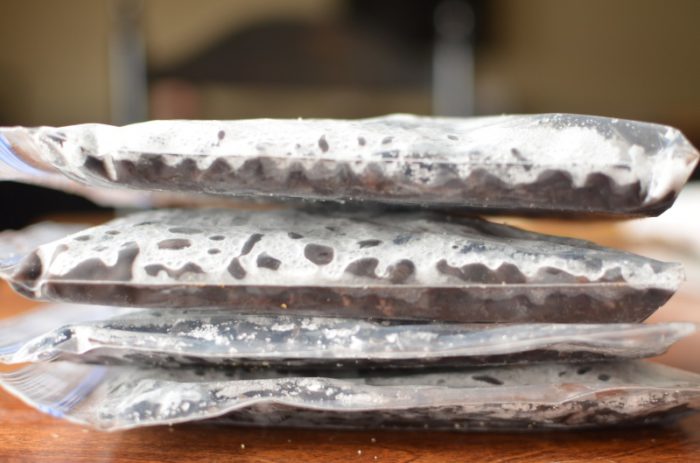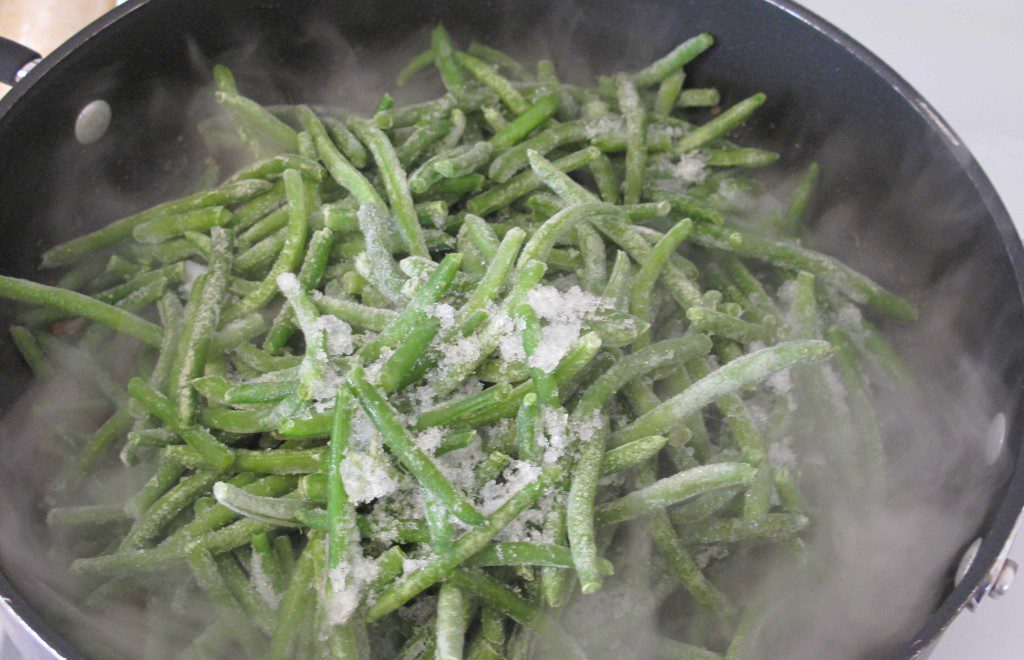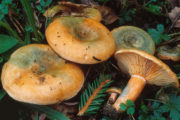How to freeze beans: regular, asparagus (green)
Beans are a product that is close to meat in terms of the amount of proteins that are easily digestible. That's why it should be eaten all year round. Beans can always be frozen for the winter at home.
There are two types of beans, depending on the degree of maturity: green and ripened.
Content
How to freeze green beans
Green beans, popularly called asparagus beans, are simply the unripe fruit of the common bean.

- Freezing green beans is not difficult, the main thing is to follow the rules for choosing fruits.
- The fruits should be young and not hard; the beans can be easily cut with a fingernail.
- Spoiled fruits are not suitable for freezing.
- Wash the beans, trim the tails.
- Cut into pieces of 3 to 4 cm.
Two methods for freezing green beans for the winter
Freezing fresh green beans
After cutting, dry the beans well, place in a clean vacuum bag, seal tightly and place in the refrigerator.
Freezing blanched green beans
- After cutting, the beans must be immersed in boiling water for no more than 3 minutes.
- Drain in a colander and quickly place in very cold water for at least 3 minutes.
- Remove and dry the beans well. Lint-free towels or napkins are suitable for this.
- Transfer the dry beans into vacuum bags and place in the freezer.
This method of preparing for freezing is suitable when the beans are tough or to avoid microbial damage.

How to cook frozen beans
The process of preparing dishes from it is very simple. The beans defrost very quickly, but for most dishes, green beans can be added frozen. Without defrosting, it is added to soups, stews, sauces are prepared, or simply boiled as a side dish for meat or fish.

Green bean side dish - video recipe from Delo Vkusa.
This video briefly shows all the stages of preparing frozen green beans.
How to freeze ripened beans
Unlike green beans, ripened beans contain more protein, but the freezing process is more labor-intensive.

There are two ways to freeze beans
Freezing Soaked Beans
- After harvesting, the beans are separated from the husks and washed.
- Fill with water at room temperature.
- Leave in the room for 10-12 hours. This is necessary to gradually stretch the bean skin so that after such a period of aging in water, it will not burst during heat treatment, for example in soup.
- After 12 hours, the beans are placed in the refrigerator and kept for 1.5 to 2 days. In this case, the beans can increase 3-4 times. It is better to change the water periodically.
- Place the beans in a colander, drain the water, dry the fruits, pack tightly in containers and place in the freezer.
- Vacuum bags are suitable for freezing.
This type of freezing is good because the beans can be cooked in the winter after defrosting until they reach the required softness.
Freezing boiled beans
This method is a continuation of the first.
- After the beans have rested in the water, they need to be boiled.
- Cook in fresh water and at maximum temperature, bring to a boil, cook for another 5 minutes.
- Drain the water and refill with fresh water. Let the water boil, cook over low heat until tender. Readiness is determined depending on the purpose of further use.
- If the beans are intended to be used in puree, thick soup, pate, then you can overcook them.
- If it is necessary for the fruits to be whole in the final dish, then determine readiness with a sharp object.
- You cannot salt the beans while cooking, otherwise they will become tough.
- Salt the beans 10-15 minutes before they are ready.
- After cooking, cool the beans, dry them, pack them tightly and put them in the freezer.
The advantage of such freezing is that it is not difficult to cook frozen beans, it will be very fast.






















